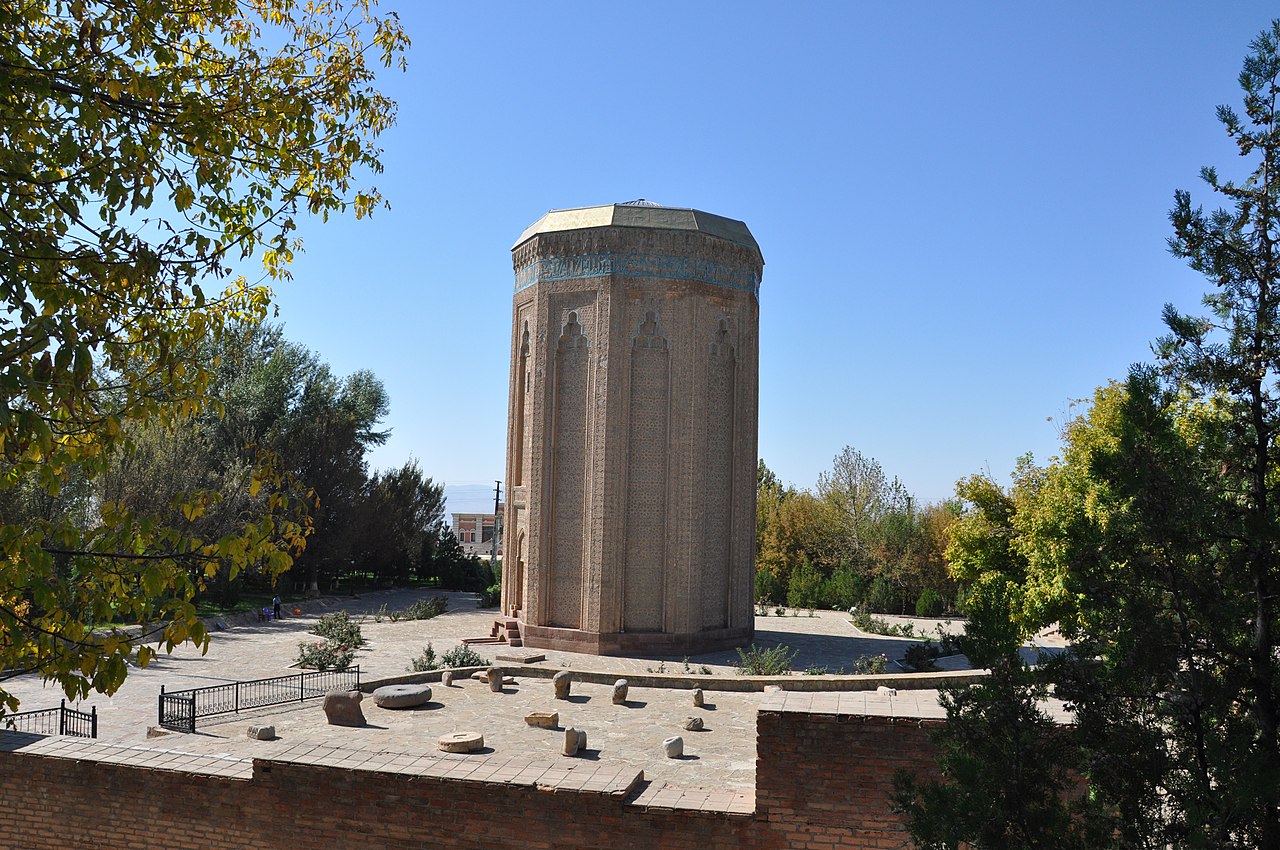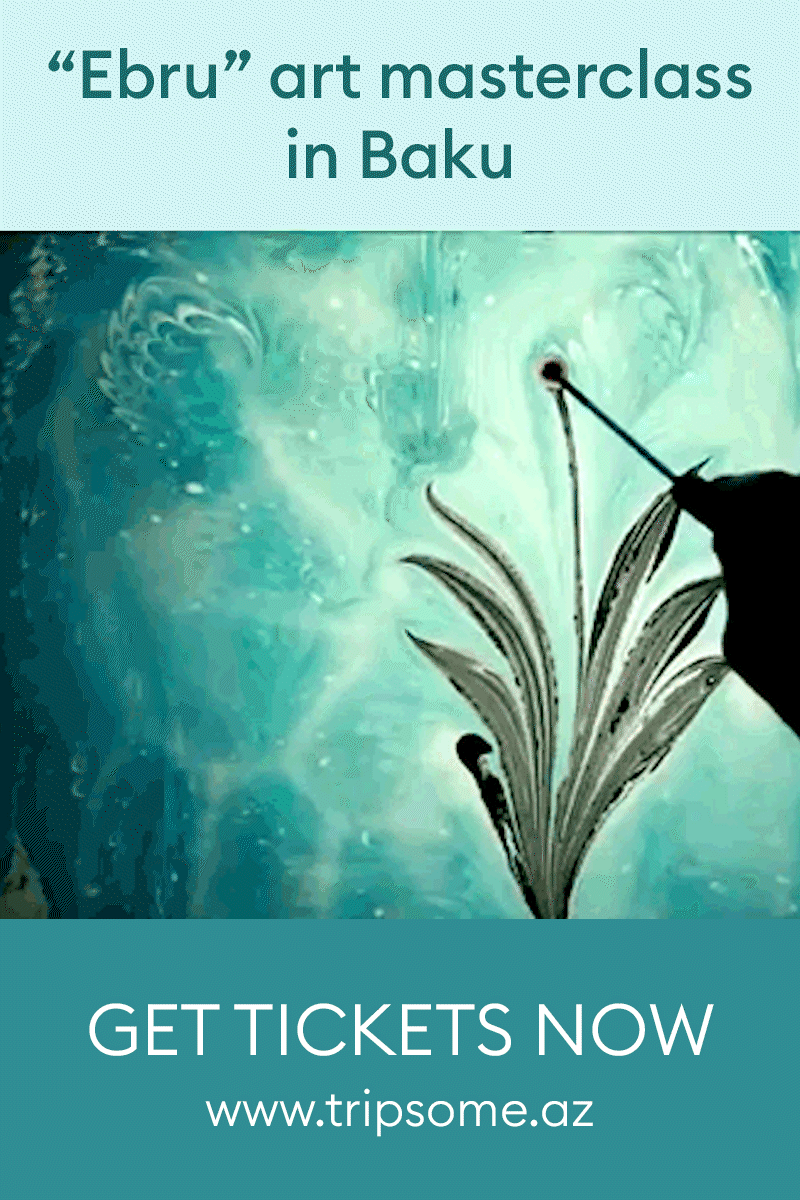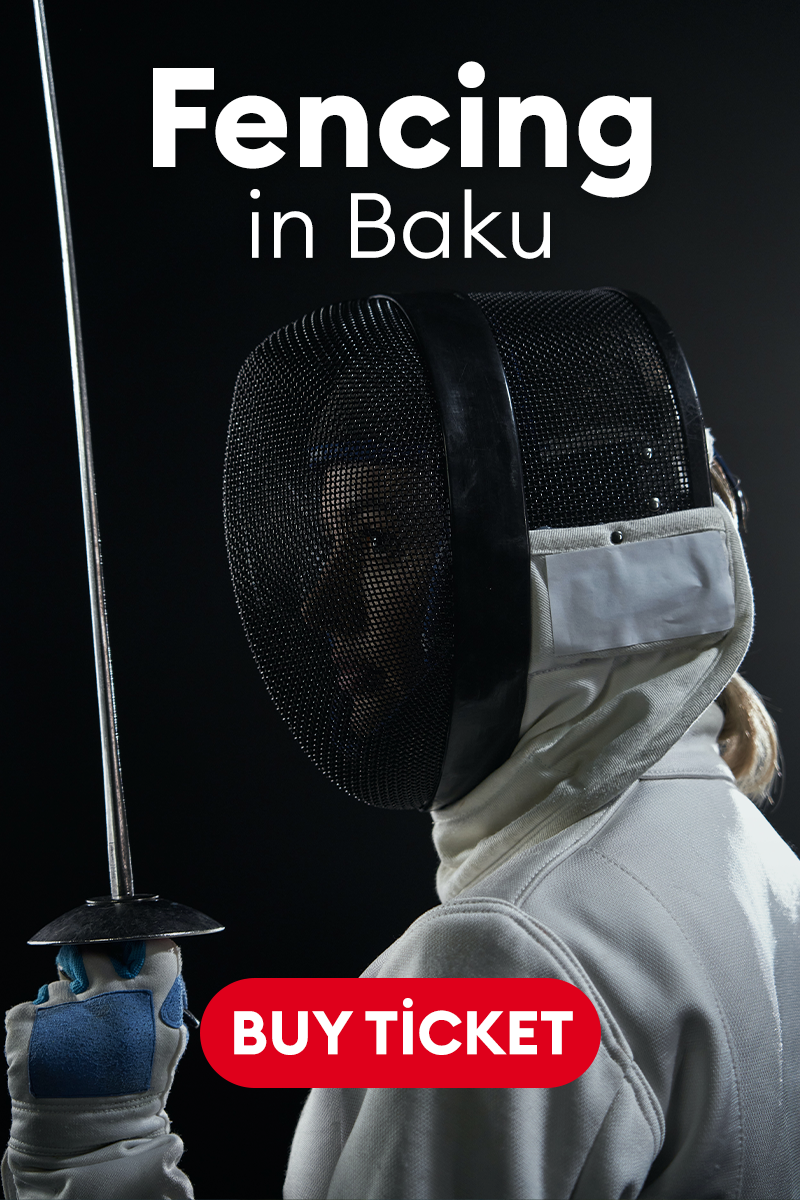Top 10 places to visit and see in Nakhchivan

1) Ashabi-Kahf
Ashabi-Kahf can be translated from Arabic as «the cave possessers», it directly relates to the known story of the Seven Sleepers of Ephesus (nowadays Selçuk, Turkey). Depicted in various forms ; paintings, sculptures, and manuscripts, the story takes place during the Roman persecussions of the Christians (between the 1st and 4th century A.D.). It tells the tale of a group of young men, who refused to worship idols, and instead chose to worship God. They fled to a cave where they fell asleep and remained for centuries, waking up to a world where their faith was now widely accepted. The site in Nakhchivan is believed to be the actual cave where the Seven Sleepers lived. In addition, several other structures are present on the site, including a mosque, a mausoleum, and a shrine.
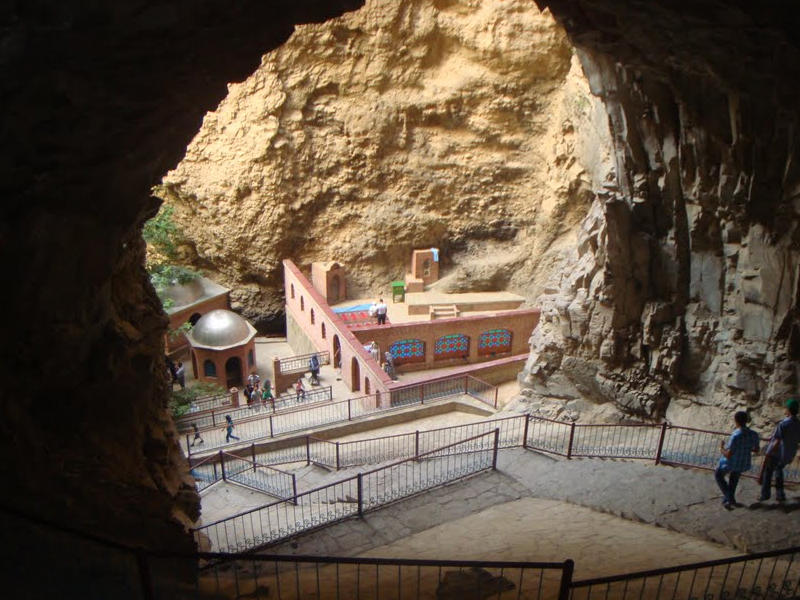
2) Alinja castle
Alinja castle offers spectacular views of the surrounding mountains and the valley below, with many opportunities for hikers and nature lovers (more than 2000 steps to the top). Nearby are the ruins of an ancient town called Ordubad, which was once an important trading center on the Silk Road. Nevertheless, the narrow streets and historic remnats of the town are just as worth exploring while there.
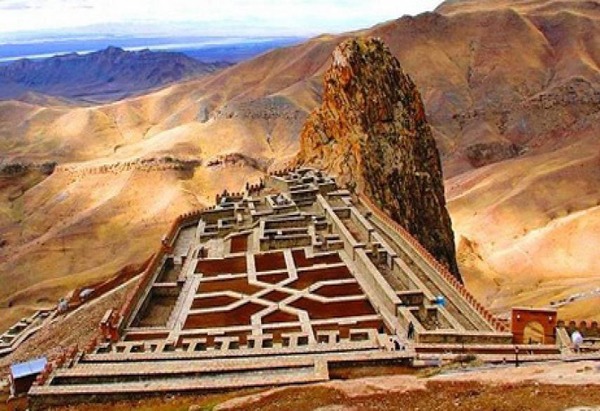
3) Duzdag Physiotherapy Center
Duzdag Physiotherapy Center is a physiotherapy center located 20min drive from the main city of Nakhchivan. It consists of an underground and aerial section. The above-ground part is located directly in Duzdag, while the underground part is more than 300 meters deep in the mountain. The hotel is equipped with a library, cafe and comfortable rooms, that can accommodate up to 128 guests in total, with the sanatorium offering guests full medical care. Only specialists with diplomas in various medical fields work there. In addition there is a modern water park and various sports fields, including basketball, volleyball, and football. Indoor and outdoor swimming pools and tennis courts are available. Prices range from a Single room (80 Azn), Double room (140 Azn), to «Villa» room (200 Azn), «Suite» room (250 Azn).
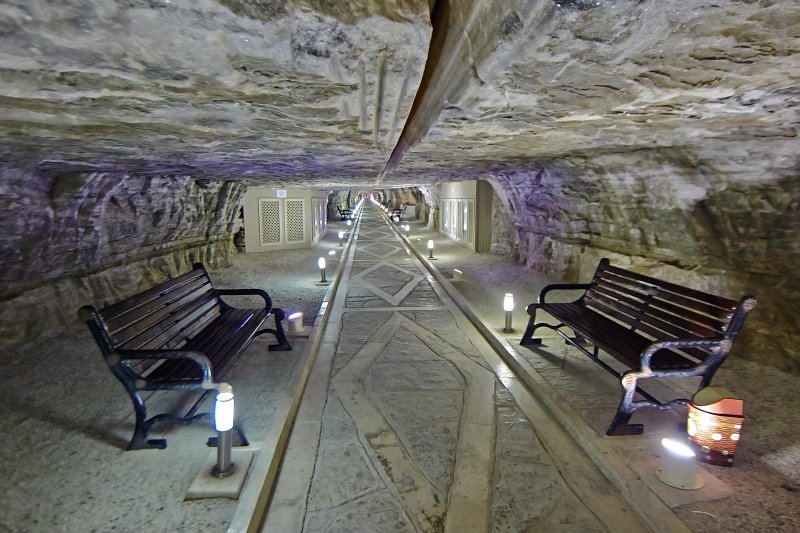
4) Lake Batabat
Lake Batabat, is a large freshwater lake having a surface area of around 11.8 square kilometers, a maximum depth of approximately 30 meters, at an altitude of 2424m above sea level. It is located on the North quarter of Nakhchevan, just next to the border with Armenia, close to an astrophysics observatory. The lake is fed by several springs, its waters rich in hydrocarbonate and calcium-sodium-magnesium mineralized are used for irrigation and drinking purposes in the surrounding areas. It is also in use for treatment of gastrointestinal diseases. Moreover the lake supports an important habitat for migratory birds. The large number of sunny days, mild climate and beautiful mountain landscape give the lake a unique color and attraction.
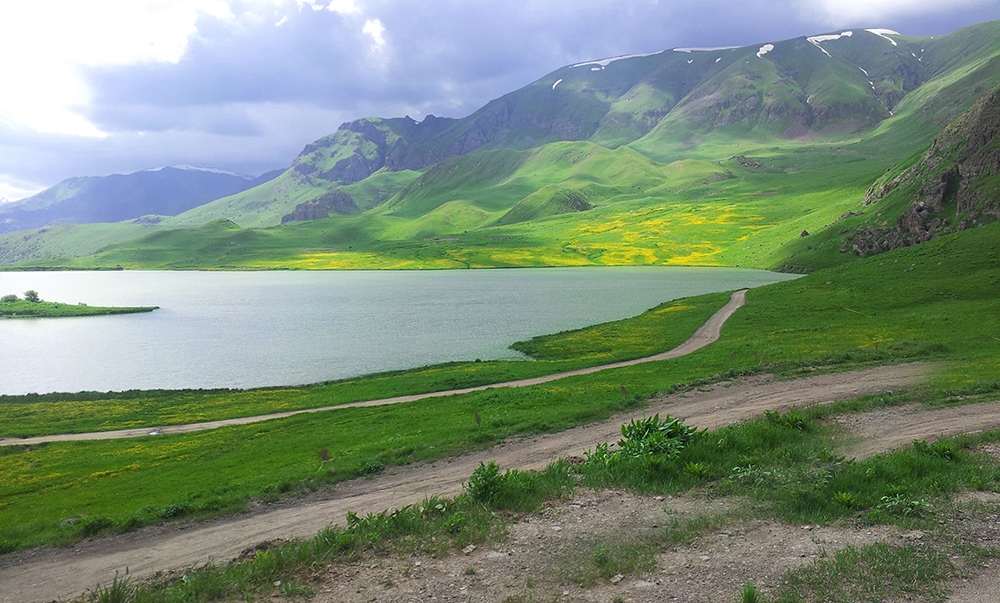
5) The Carpet Museum
The Carpet Museum, is located in the city itself of Nakhchevan, which was once a palace built in the 18th century for the governor of Nakhchivan, Khan Muhammed. The museum houses a collection of historical, cultural and artistic artefacts from the region, as well as artworks from the pre-Islamic and Islamic periods. Exhibits include carpets, pottery, musical instruments, weapons, traditional clothing, manuscripts, rare books and other objects related to the history and culture of the region. In addition to the permanent collection, the museum also organises temporary exhibitions that highlight different aspects of the culture and history of the region.
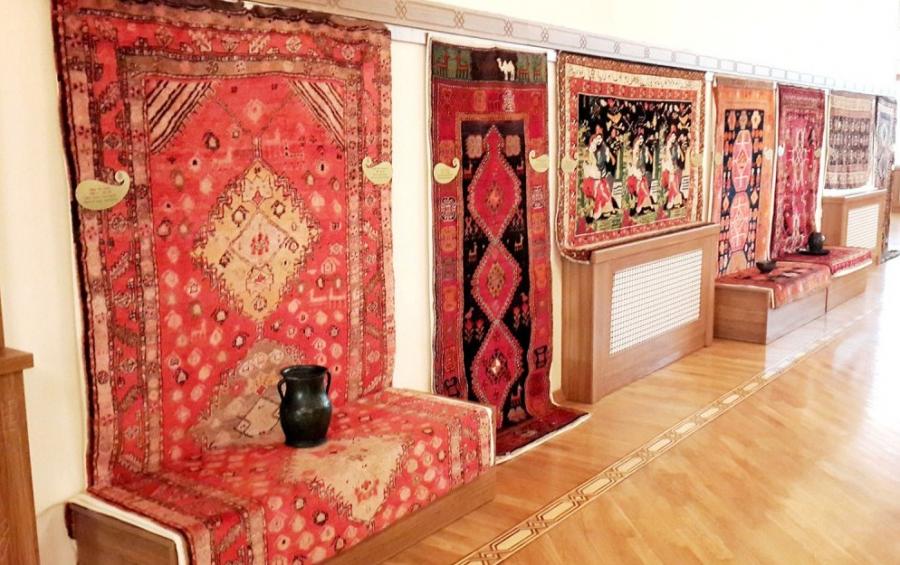
6) Nakhchivan’s Khan Palace
Nakhchivan’s Khan Palace (Naxçıvan Xan Sarayı) was originally built in the 12th century during the reign of the Seljuk Empire. However, it was restored and enlarged during the 14th century. It is decorated with colourful mosaics, calligraphy, intricate floral and geometric designs. There is also a large courtyard surrounded by residential and administrative buildings. The palace was used by local rulers for several centuries, but was abandoned in the late 18th century. It was eventually restored in the 1990s and opened to the public as a museum in 1998. Today, it is considered one of the most important historical and tourist sites in Azerbaijan and attracts many visitors every year.

7) Came Mosque
Came Mosque is a mosque located in the city center, popularly known as the «City Mosque» and was the only mosque operating in Nakhchivan during the Soviet period. It was built in the 18th century under the Safavid Empire. Built of red bricks with geometric patterns, carved ornaments, it has a central dome that dominates the surrounding landscape. Inside, is a large prayer area, with supporting pillars, as well as a decorated minbar (preaching chair) and mihrab (niche towards Mecca). The mosque has been restored several times over the centuries. In 2007, thanks to conservation and restoration efforts, it is thoroughly open to worshippers for prayer or sightseeing.

8) The State Flag Museum of Nakhichevan
The State Flag Museum of Nakhichevan is a memorial and recreational park built in 2014 on the plateau of the highest point in the city of Nakhichevan. The museum was opened on 17 November 2014. It displays a copy of the resolution «On State Symbols of the Nakhchivan Autonomous Republic» (Naxçıvan Muxtar Respublikasının dövlət rəmzləri haqqında), adopted by the supreme legislative body of the republic ; as well as restored flags of the states that have pre-existed on the territory of Nakhchevan, of the Khanate of Nakhichevan ; coats of arms and administrative maps ; several military uniforms and constitutions. There is also a collection of reproductions of old banknotes.

9) The Southern Bath
The Southern Bath (Şərq hamamı) is located in the center of the city, on Dede Gorgud Square. The locals are used to call this bath «Ismail Khan Bath», in honor of Ismail Khan. It was built during the 18th century using a traditional construction technique called "shebeke", which consists of joining small pieces of wood to form a geometric pattern. The bath plays an important role in the life of the people of Nakhchivan, being a place for washing and purification, but also a place for people to meet, talk, relax and receive treatment. You can enjoy a traditional massage and body scrub, as well as a cup of tea or coffee in the rest room. The bathhouse was completely renovated and restored in 2005.
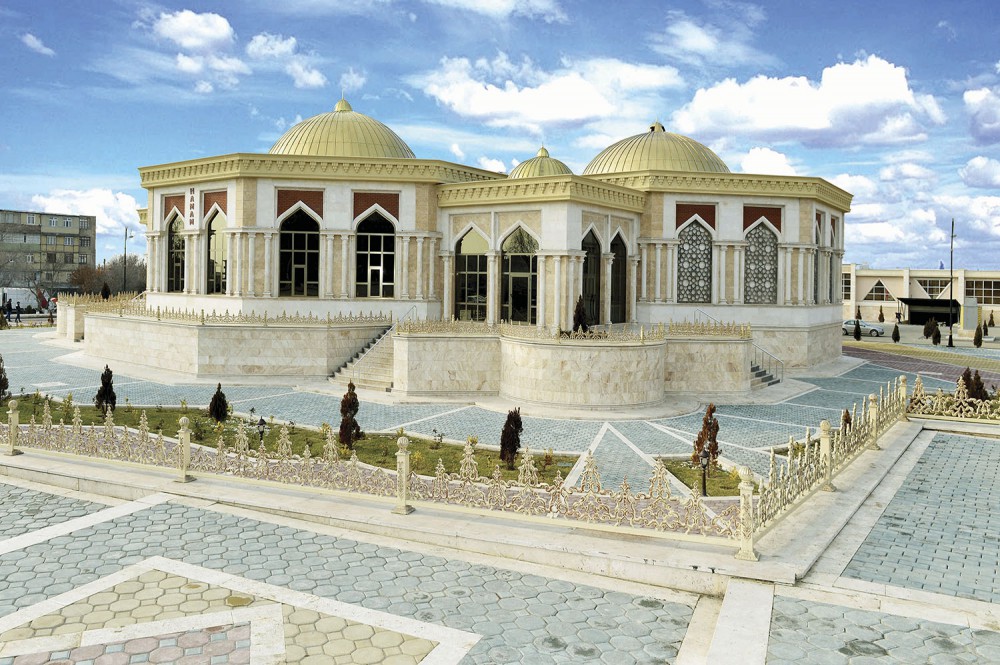
10) Momine Khatun’s Mausoleum
Momine Khatun’s Mausoleum (Möminə Xatun türbəsi) was designed by Ajami ibn Abubakr Nakhchivani. It is one of the major works of the Seljuk period. Commissioned by Muhammad Jahan Pahlavan, atabeg of the Eldiguz dynasty, to bury his wife Momine Khatun, the project was completed on March-April 1186, according to the inscription above the entrance. It is a decagonal brick tower, about 25 metres high, originally 35 metres high. Its current size is due to the disappearance of the chatior (a kind of polygonal spire) that topped it. While the exterior is in the shape of a decagon, the interior is circular. The tower itself rises above a crypt in which stands on a pedestal covered with red diorite.
